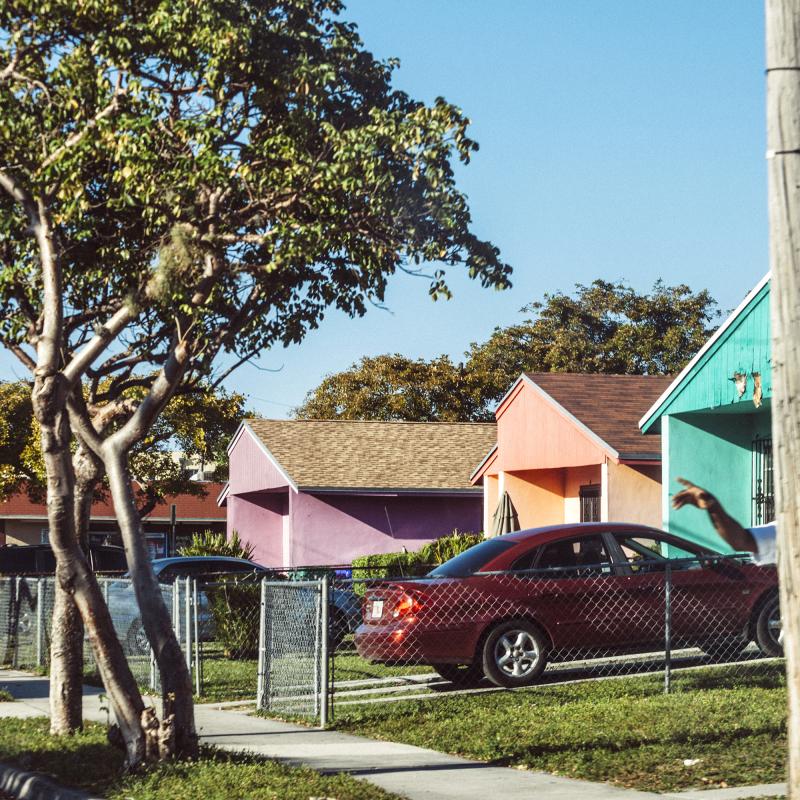The U.S. Department of Housing and Urban Development (HUD) is mandated to reduce housing inequities. Under the Fair Housing Act of 1968, HUD and jurisdictions that receive funding from HUD must proactively take meaningful actions to combat discrimination, remedy residential segregation, promote fair housing choice, eliminate disparities in opportunities and foster inclusive communities. This winter, HUD solicited comments on a new proposed Affirmatively Furthering Fair Housing (AFFH) Rule, which builds on a 2015 Rule to ensure that federal funding is used systematically to meet the obligations of the Fair Housing Act.
We at diversitydatakids.org and the Institute for Child, Youth and Family Policy at Brandeis University are delighted to see this proposed AFFH Rule. In it, we see a shared understanding of how neighborhoods shape children’s long-term health and wellbeing and a commitment to ensuring that housing and neighborhood opportunity is distributed equitably.
The first words of the proposed Rule, the “Purpose of the Regulatory Action,” read as follows:
"Housing plays a central role in American life. Where children live and grow up is inextricably linked to their level of educational attainment, their relationship with policing and the criminal justice system, what jobs they can obtain as adults, how much wealth their family can attain, whether they will someday purchase their own home, whether they will face chronic health conditions or other lifelong obstacles, and ultimately the opportunities they will be able to provide for their own children and grandchildren."
The Rule subsequently acknowledges that “[residential] segregation also acted to deprive people of color of access to high-quality features that enhance equality of opportunity and quality of life.”
As experts in the areas of racial and ethnic equity and child health and wellbeing, we applaud this focus on the importance of fair housing for child opportunity and racial equity.
We strongly concur with the Rule’s affirmation of the importance of neighborhoods for child opportunity and of the role of segregation in inequitably depriving opportunity to certain racial/ethnic groups while bestowing it on others. These statements mirror the consistent and powerful findings of our own research, and we are gratified that they are increasingly part of policymaking. Only eight years ago, when we submitted a comment on the 2015 AFFH Rule highlighting the importance of the geography of neighborhood opportunity for children, our language was tentative. We were introducing a new angle to a well-established and complex policy context. The field of housing policy had not yet embraced the understanding that neighborhoods, racial segregation and child opportunity are inextricably linked.
"Neighborhood opportunity and its relationship to child health and racial equity are front and center. We are pleased to see HUD and housing administrators recognize the importance of place on child outcomes and commit to using that understanding to create more equitable access to neighborhoods and homes."
Today, the landscape has changed. Neighborhood opportunity and its relationship to child health and racial equity are front and center. We are pleased to see HUD and housing administrators recognize the importance of place on child outcomes and commit to using that understanding to create more equitable access to neighborhoods and homes.
Under the proposed Rule, HUD program participants are tasked with preparing Equity Plans to meet their affirmatively furthering fair housing obligations. We believe that, as the as the most comprehensive and accurate index of children’s neighborhood opportunity, the Child Opportunity Index is a valuable resource for entities required to prepare their Equity Plans.
We have submitted a comment to HUD on the benefits of the Child Opportunity Index (COI) for this purpose. Our comment highlights the many ways that the COI addresses HUD’s “Questions for Comment” and is a valuable tool for assessing disparities in access to opportunity and “Community Assets,” inequities faced by members of protected classes (particularly children and certain racial/ethnic groups) and regional analysis.
With its focus on community assets and racial/ethnic equity and proven relevance to important fair housing issues, as well as its high-quality validated data, public availability, ease of use, availability across multiple geographies and timeliness, the COI can assist Equity Plan preparers in understanding fair housing issues in their communities and developing plans to address them.
The proposed Rule’s recognition that neighborhood opportunity influences child outcomes makes the Child Opportunity Index a clear fit for HUD program participants. We are pleased to share our comment here.
Read HUD's Proposed Affirmatively Furthering Fair Housing Rule in its entirety.
Read our full comment to HUD.
Explore our research on neighborhoods and child opportunity.






